
Rubber plants, known scientifically as Ficus elastica, are popular houseplants cherished for their attractive leaves and resilience. To ensure these plants thrive, selecting the right potting mix is crucial. This article explores the best potting mix options that promote optimal growth for your rubber plant.
Understanding Rubber Plants
Rubber plants are native to Southeast Asia and are part of the fig family. They are known for their glossy, broad leaves that can reach up to 12 inches in length. These plants prefer bright, indirect sunlight and can tolerate a variety of indoor conditions, making them ideal for home and office environments.
Importance of Potting Mix
The right potting mix is essential for a rubber plant’s growth as it affects water retention, drainage, and aeration. A well-draining potting mix prevents root rot, a common issue when soil retains too much moisture. Conversely, a mix that drains too quickly can lead to dehydration.
Components of the Best Potting Mix
1. Peat Moss: Peat moss helps retain moisture and provides organic matter that feeds the plant.2. Perlite: Perlite improves aeration and drainage, preventing the soil from becoming compacted.3. Pine Bark: Pine bark adds structure to the soil, enhancing drainage and providing nutrients as it decomposes.4. Coco Coir: An alternative to peat moss, coco coir retains moisture well and is an eco-friendly choice.
Creating Your Own Potting Mix
To create an effective potting mix for rubber plants, combine the following: – 1 part peat moss or coco coir – 1 part perlite – 1 part pine barkThis combination ensures that the soil retains moisture while allowing excess water to drain away, preventing root rot.
Repotting Your Rubber Plant
Rubber plants should be repotted every 2-3 years or when you notice roots growing out of the drainage holes. When repotting, choose a pot that is 1-2 inches larger in diameter than the current pot. Gently remove the plant, loosen the roots, and place it in the new pot with fresh potting mix.
Watering and Care Tips
Water your rubber plant when the top inch of soil feels dry. Overwatering can lead to root rot, so ensure the pot has adequate drainage. During the growing season, consider using a balanced liquid fertilizer every month to support healthy growth.
Conclusion
Choosing the right potting mix is vital for the health and growth of your rubber plant. By using a blend of peat moss, perlite, and pine bark, you can create an environment that supports robust growth and prevents common issues like root rot. With proper care, your rubber plant will thrive, adding beauty and greenery to your space.
Rubber plants are popular houseplants known for their attractive leaves and resilience. Selecting the right potting mix is crucial for rubber plant growth. A well-draining potting mix prevents root rot and supports healthy plant development. The best potting mix includes peat moss, perlite, and pine bark for optimal growth. Repotting should occur every 2-3 years to ensure the plant’s health. 


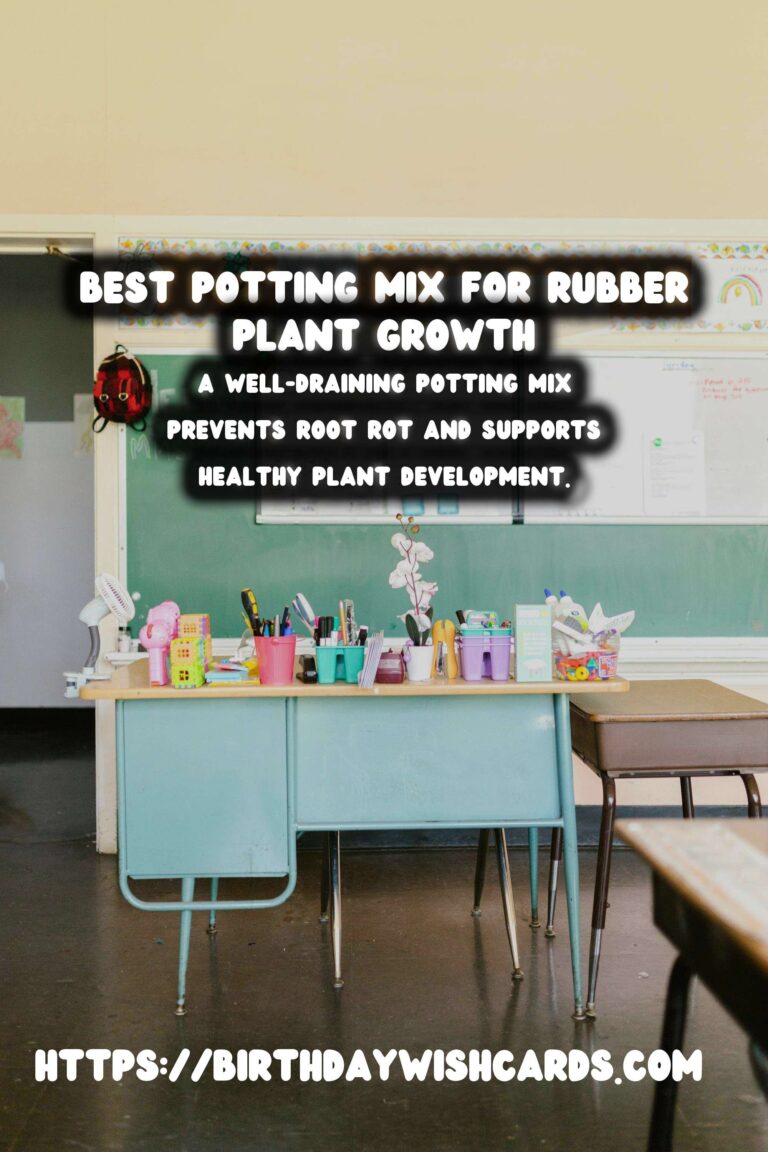

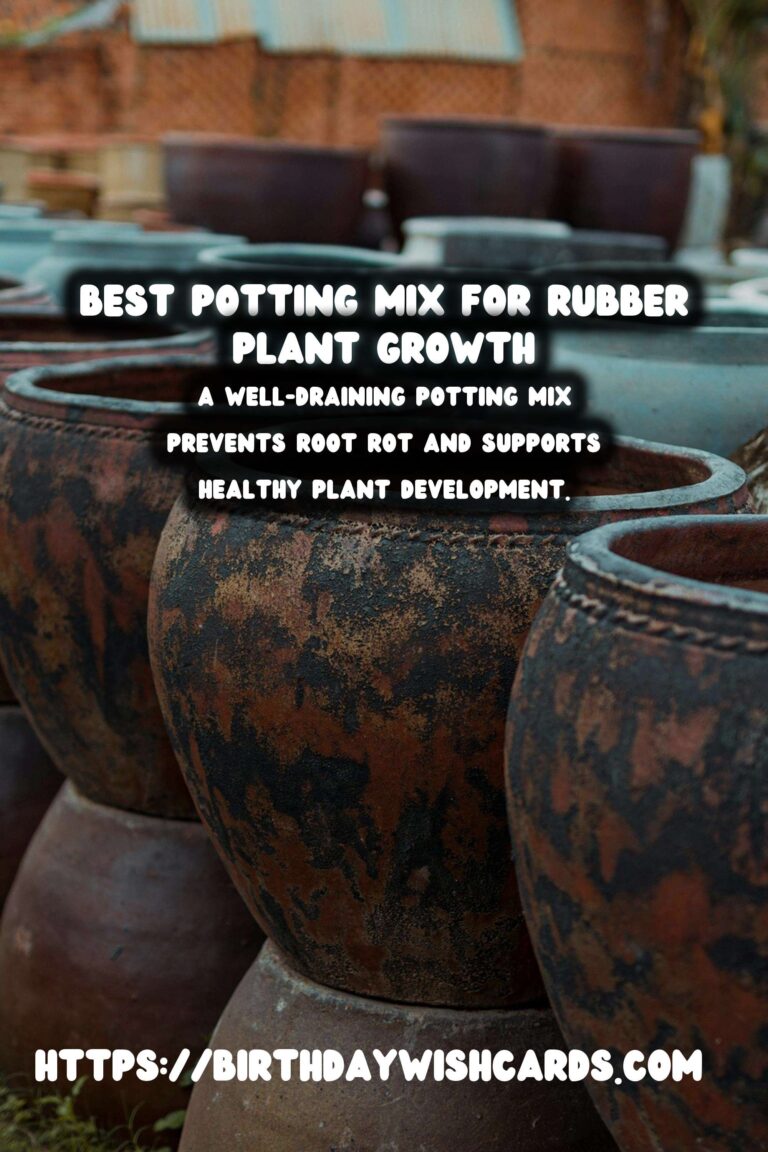

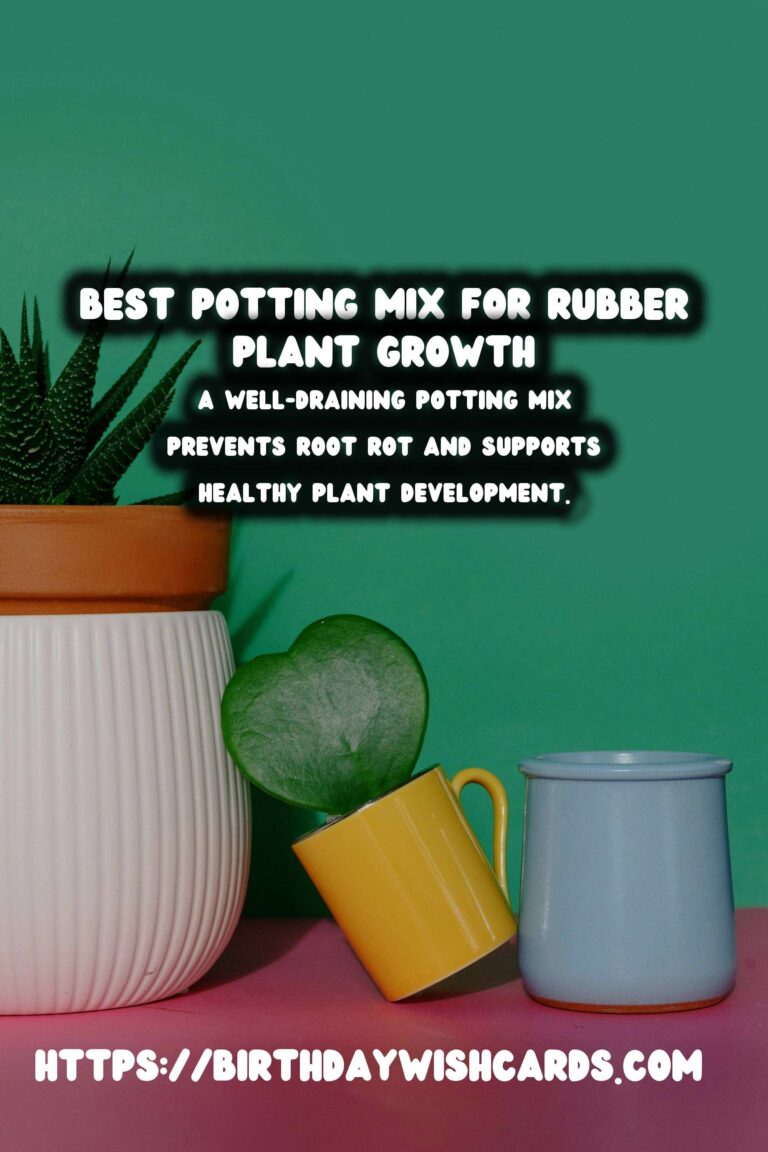
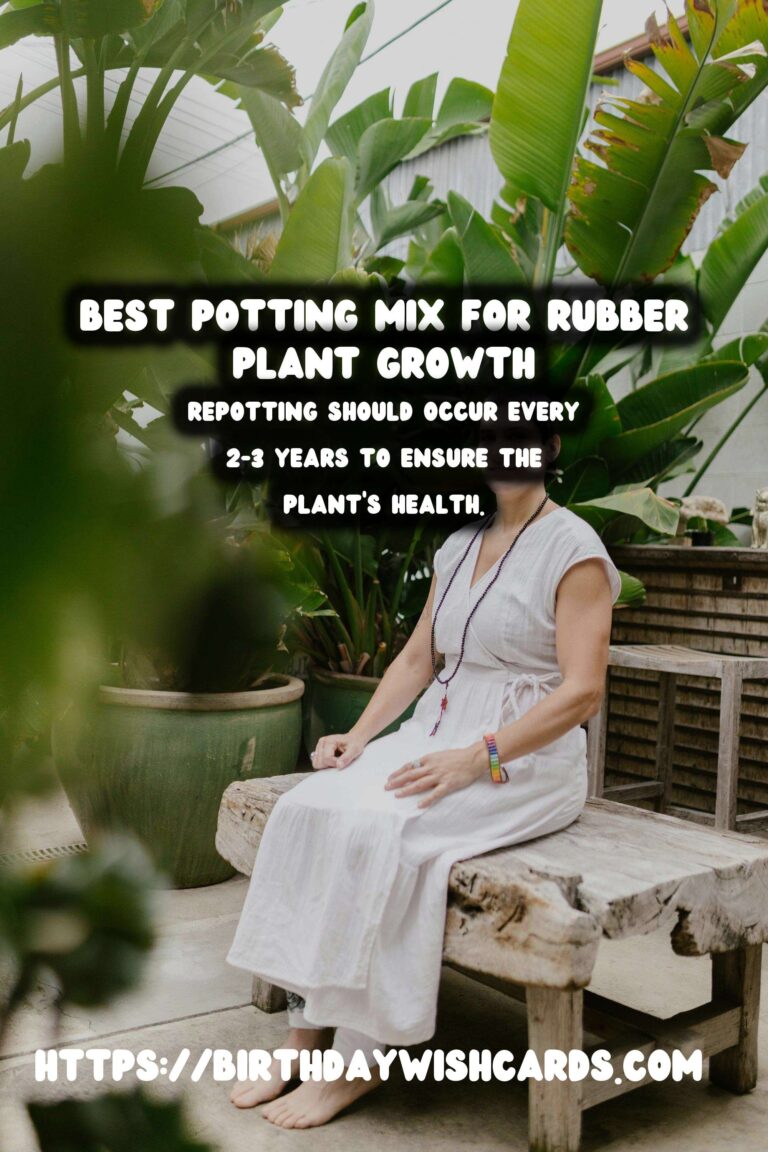
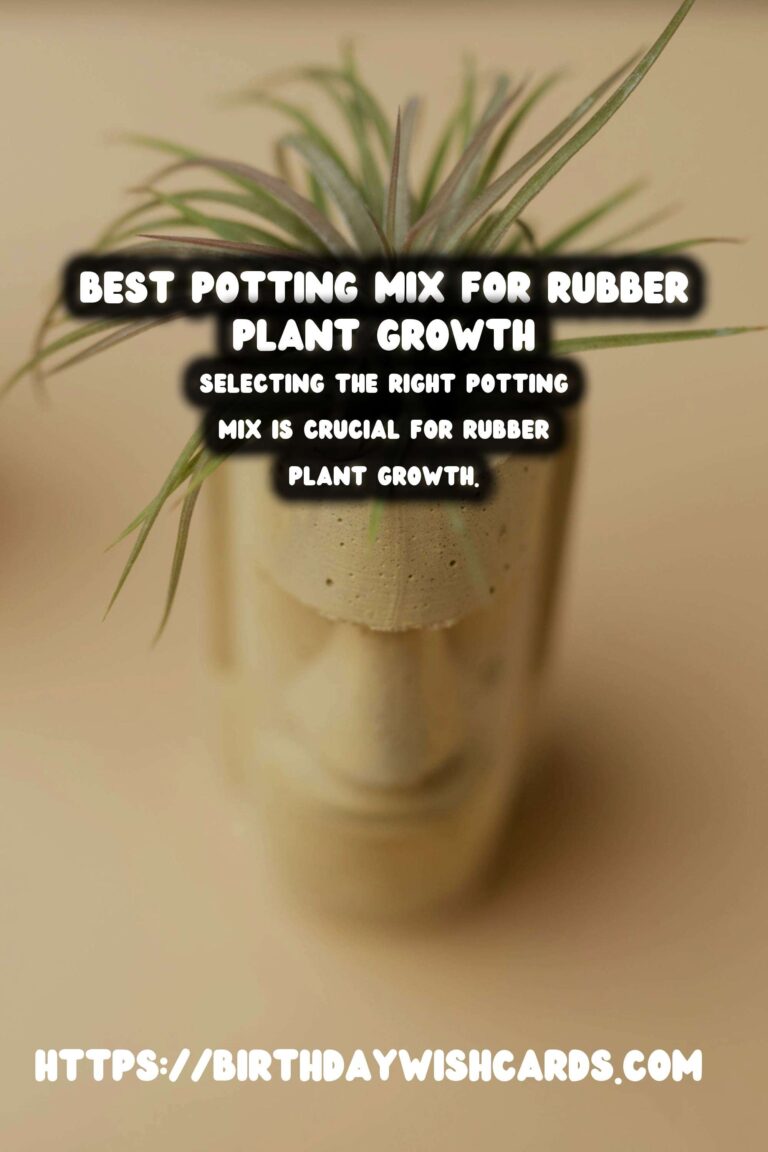
#RubberPlants #GardeningTips #Houseplants #PottingMix #PlantCare




